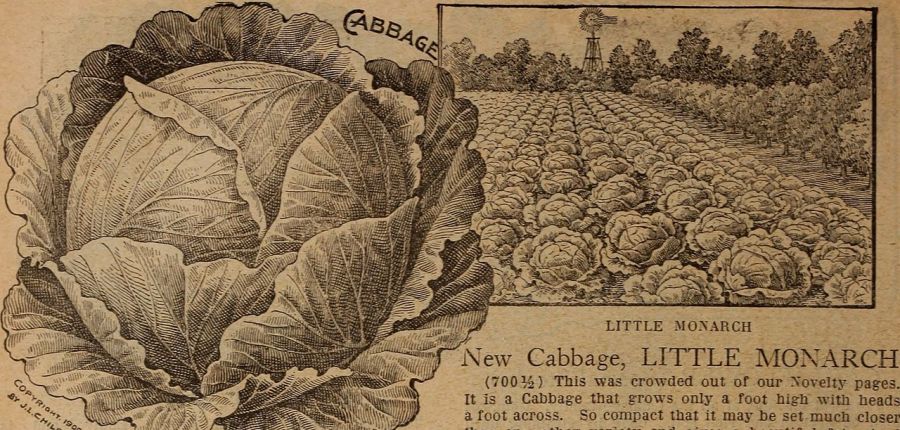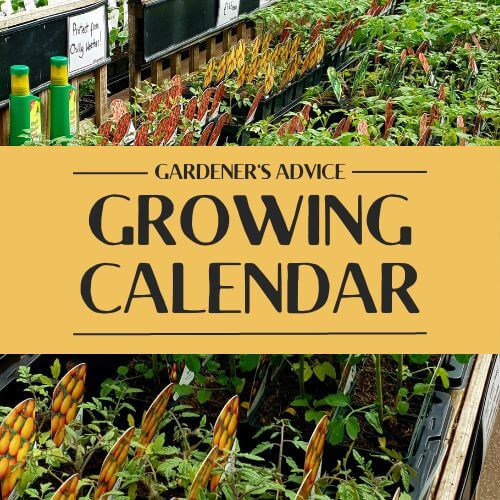Planting summer and winter brassicas
Posted By: rocket veg Category: Growing Veg, Seasonal AdviceNow is the best time to plant out young brassicas – the various members of the cabbage family – which will develop into a fine crop for eating later this summer and on into winter. If you sowed the seed in a small bed this spring, the plants should have now reached the perfect size to go into open ground, so read on to find out how to do things.
Preparing the soil
There are a couple of golden rules which should be followed when planting brassicas, the first of which is to use a different patch of ground each successive year to reduce the risk of building up diseases in the soil. The second ‘must do’ is to firm the soil well before planting, the simplest way being to shuffle back and forth using pigeon steps, treading the soil down as you go – then stand back and rake so that you achieve a level surface. Brassicas benefit from the addition of lime to the soil, so I usually scatter a handful over the ground a few weeks before planting and then rake it well in.
Plan before planting
Brassicas are space-hungry plants, so follow the guide for each variety. As a rule of thumb, compact varieties (eg Curly Kale) are fine if planted 30cm (1ft) apart, whereas larger varieties (Winter Cabbages, Purple Sprouting Broccoli and Brussels Sprouts in particular) need at least 45cm (18in) between each plant. I like to plant in short rows with the varieties which crop soonest at one end of the bed, progressing to later croppers (Purple Sprouting) at the other. As the plants develop, get ready
Planting out
Young brassica plants are ready for transplanting to their final position when they have several true leaves. Give them a really good drink an hour or two before planting, then use a suitable trowel to dig a hole and gently lower each plant in till the lowest set of leaves is level with the surface of the soil. At this point, some gardeners fill the hole with water to help settle soil around the roots, a process known as ‘puddling in’, but I prefer to water well after planting. Brassicas like to sit tight in the ground and this can be achieved by gently pressing the soil surrounding the stem with your heel – but try to avoid trampling on the young plant (easily done!)
After planting, some gardeners on neighbouring plots to mine like to put a ‘collar’ round the stem of each plant, the aim being to prevent the dreaded cabbage root fly laying eggs in the moist soil at the base of the plant. You can buy collars specially made for the purpose, or make your own from a disc of thin plastic or cardboard.
Finally, water well to get the plants off to a flying start – especially important if a dry spell is forecast.
Caring for your plants
As with all veg plants, try to keep weeds under control by regular hoeing. The young plants will benefit from a feed of high-nitrogen fertiliser; then, as the heads develop, help these to fill out by regular watering. The two main threats to brassicas are pigeons and cabbage root fly – both with the potential to decimate your precious crop, but preventable with a suitable covering. Cabbage root fly can be deterred by using fine mesh and checking for caterpillars on a regular basis. I wrote about using mesh to protect crops from pigeons and other pests a few weeks ago so I refer you to that article.







